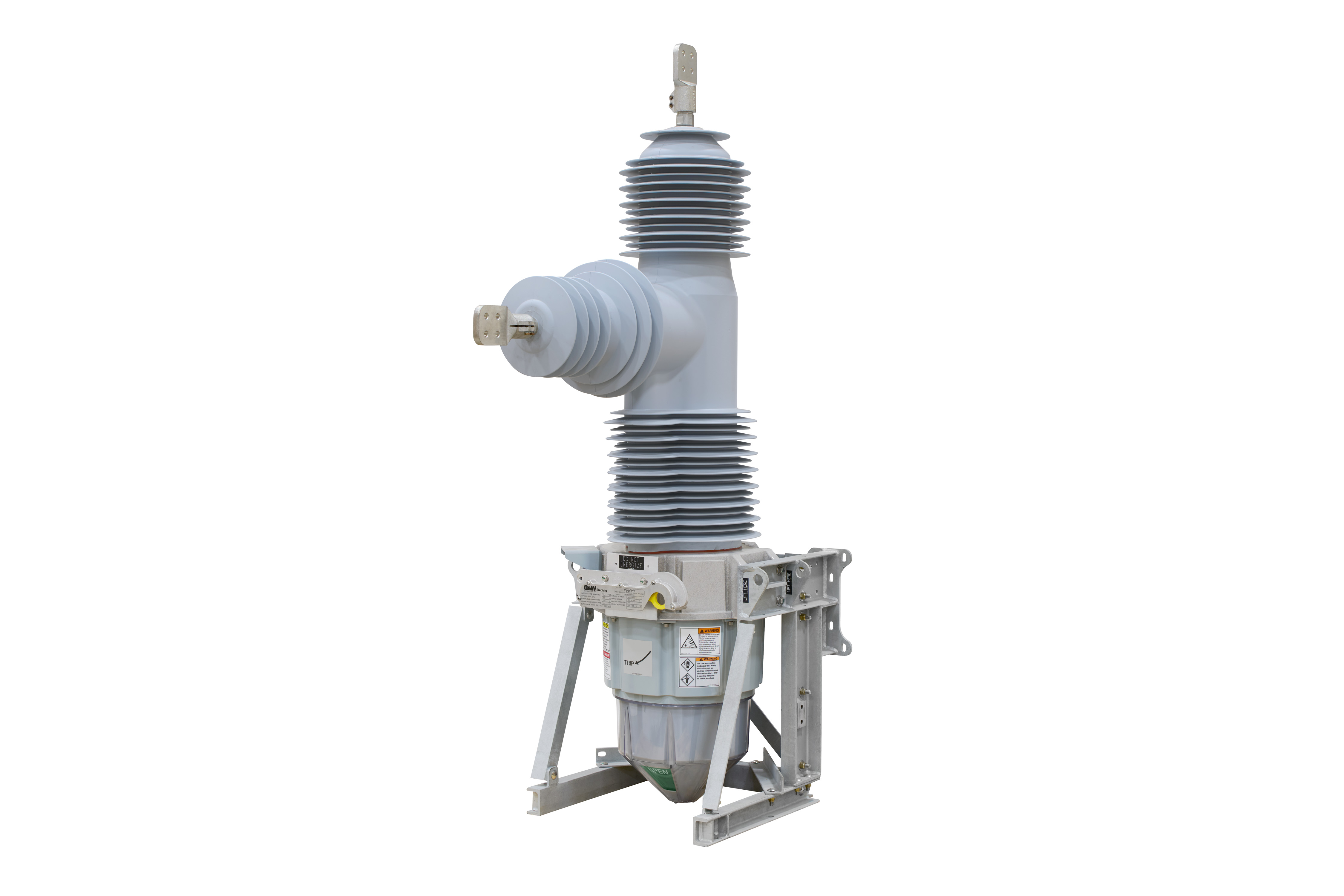Cybersecurity for Protective Devices
Lightning Protection Systems
Design and Installation Challenges
Transformer Protection
Cybersecurity Threats and Transformer Protection
Overcurrent and Short Circuit Protection
Maintaining System Stability: The Role of Protection in Preventing Cascading Outages
Motor Protection
Motor Thermal Overload Protection
Generator Protection
Smart Technologies in Generator Protection
Electrical Protection
Optimizing Protection for Industrial Applications
Transformers play a critical role in industrial facilities, stepping up or down voltage levels to power motors, machinery, and lighting systems. However, the industrial environment presents unique challenges for transformer protection compared to traditional utility applications. This article examines the specific requirements for optimizing transformer protection in industrial applications, considering the dynamic and demanding nature of these settings.
Visit Our Electrical Protection Study Course
Challenges in Industrial Transformer Protection
High Starting Currents and Unbalanced Loads
Industrial machinery often requires high starting currents, leading to significant stress on transformers. Unbalanced loads, common in factories with diverse machinery, further complicate protection schemes. These conditions necessitate robust protection systems capable of handling extreme variations without compromising performance.
Harsh Environmental Conditions
Industrial transformers may operate in environments with high levels of dust, moisture, and chemical pollutants, which can accelerate wear and increase the risk of faults. Protection systems must be designed to withstand these harsh conditions to maintain reliability.
Challenges of Industrial Transformer Protection
Industrial facilities often utilize large electric motors with high inrush currents during startup. These currents can significantly exceed the motor's steady-state operating current, posing a challenge for traditional overcurrent protection methods. Additionally, industrial loads can be unbalanced, meaning the...


















_1744640879.png)